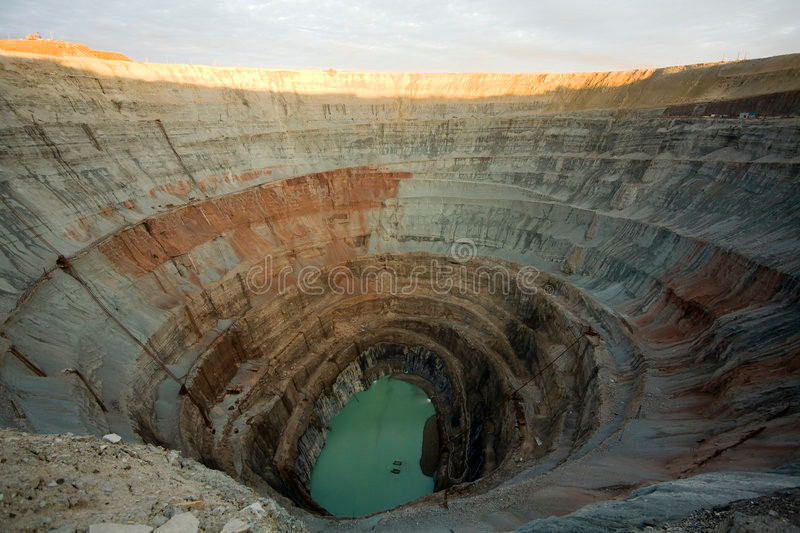-
Sediment Sampling Analysis
Categories: Estimated reading time: 1 minutes
Collecting sediment samples for analysis of contaminants–particularly in river systems–is not just a matter of going out with a bucket and shovel. In fact, it is much more complex than a water quality survey, aquatic biota survey, or any terrestrial sampling program. Monitoring of sediment contaminants frequently is done to determine whether the sediments are a sink or a source of the chemicals of interest, and to evaluate the effects of the contaminants on the aquatic ecosystem as a whole. -
Storing Expensive and Valuable Environmental Chemistry Data
Categories: Estimated reading time: 3 minutes
Environmental chemistry data are expensive to obtain and valuable and need proper care in storage so they retain their value and return your investment in them. Expenses start with permit application preparation and baseline collections and continue through monitoring programs, analyses, and reporting. The proper storage of environmental data is in an appropriately designed database, but many organizations use spreadsheets instead because they are readily available and easy for individuals to learn and use. -
Most industrial operations discharge storm water into a receiving water body from a single point of discharge from the permitted area. The water leaving the site will have many chemical constituents, some of which are considered to be pollutants (or contaminants) by statute. States differ in their water quality standards, but all require permit compliance monitoring. How the reported results are analyzed can make a huge difference to the permit holder’s operations.
-
Operational and regulatory decisions depend on insights and knowledge gained from analyses of data collected in compliance with water quality permit conditions. These data need to be set in their spatial and temporal contexts and associated with aquatic biota, beneficial uses of the waters after leaving the project boundaries, and the geomorphic settings through which they flow. This report on the relationships of total dissolved solids (TDS) with selected minerals from a sample of streams on both sides of the Independence Mountains is the first aspect to be analyzed and reported.
-
Total Dissolved Solids in Streams
Categories: Estimated reading time: 2 minutes
Operational and regulatory decisions depend on insights and knowledge gained from analyses of data collected in compliance with water quality permit conditions. These data need to be set in their spatial and temporal contexts and associated with aquatic biota, beneficial uses of the waters after leaving the project boundaries, and the geomorphic settings through which they flow. A white paper on the relationships of total dissolved solids (TDS) with selected minerals from a sample of streams on both sides of the Independence Mountains in northern Elko County, Nevada, is analyzed and interpreted for use by operators and regulators. -
This paper addresses turbidity, temperature, and the reasonable potential analysis for toxic pollutants from the perspective of science rather than from that of statutes or regulations. Turbidity and temperature are physical characteristics of waterbodies, but the reasonable probability analysis is not such a characteristic. Regardless, for all three concerns it is important for those in the regulated community to understand what each is, how it is measured, and why it is part of the regulatory environment.
-
Regulatory implementation of the Clean Water Act sets quality standards as maximum concentration limits (MCL) of individual elements. Applied to all single-element constituents such values are misleading. Toxic metals (arsenic, lead, mercury) are of particular concern yet concentrations of the isolated element do not reflect the various compounds in which these metals are found in rocks, soils, surface waters, or ground waters. More importantly, such elemental concentrations do not reflect bioavailability or ecotoxicity of multi-element chemical compounds.
-
Water Quality Standards: Designated Uses
Categories: Estimated reading time: 3 minutes
The EPA requires states to protect designated beneficial uses of water such as municipal water supplies; protection of fish, shellfish, and wildlife; and recreational, agricultural, industrial, and navigational purposes. States are required to examine the suitability of a water body for designated uses based on physical, chemical, and biological characteristics as well as its geographical setting, scenic qualities, and economic considerations. EPA’s highest designated use is “fishable/swimmable”. All designated uses are to be assessed to determine whether they do, or can, attain suitable quality. -
Water Quality: Pit Lakes, Streams, Risk Management
Categories: Estimated reading time: 3 minutes
Regulatory implementation of the Clean Water Act sets quality standards as maximum concentration limits (MCL) of individual elements. Applied to all single-element constituents such values are mis-leading. Toxic metals (arsenic, lead, mercury) are of particular concern yet concentrations of the isolated element do not reflect the various compounds in which these metals are found in rocks, soils, surface waters, or ground waters. More importantly, such elemental concentrations do not reflect bioavailability or ecotoxicity of multi-element chemical compounds. -
Why Water Quality Improvement Projects Fail
Categories: Estimated reading time: 3 minutes
Water quality matters for humans, livestock, fish and wildlife, and plants including food crops. Too often policies and regulations are ineffective while restoration projects fail to achieve intended goals. The problem is seen in environmental impact assessments, point- and nonpoint-source discharges, and Superfund sites. While some reasons for failure are project-specific, three common and easily avoided reasons are the lack of knowledge about spatial and temporal distribution of the chemical of concern, no information about the causes and amount of variability, and the focus on concentrations at a local point rather than on the entire ecosystem.
← Previous
4 of 4




